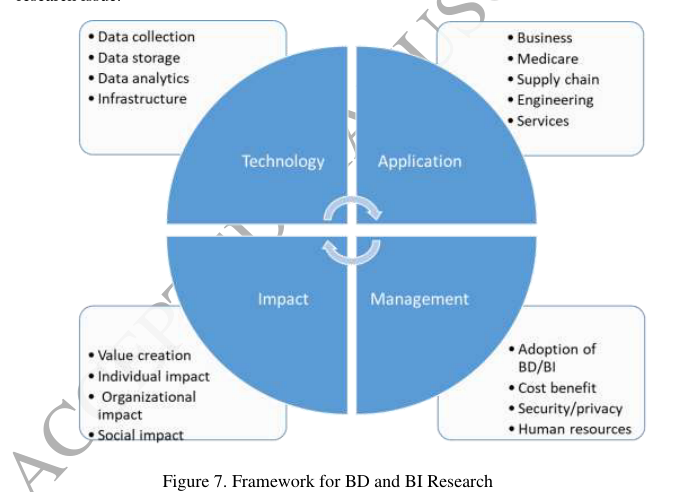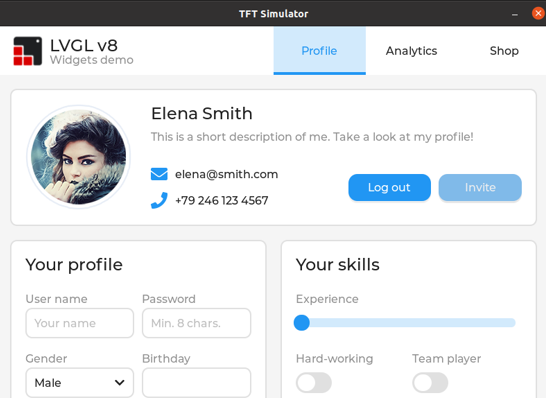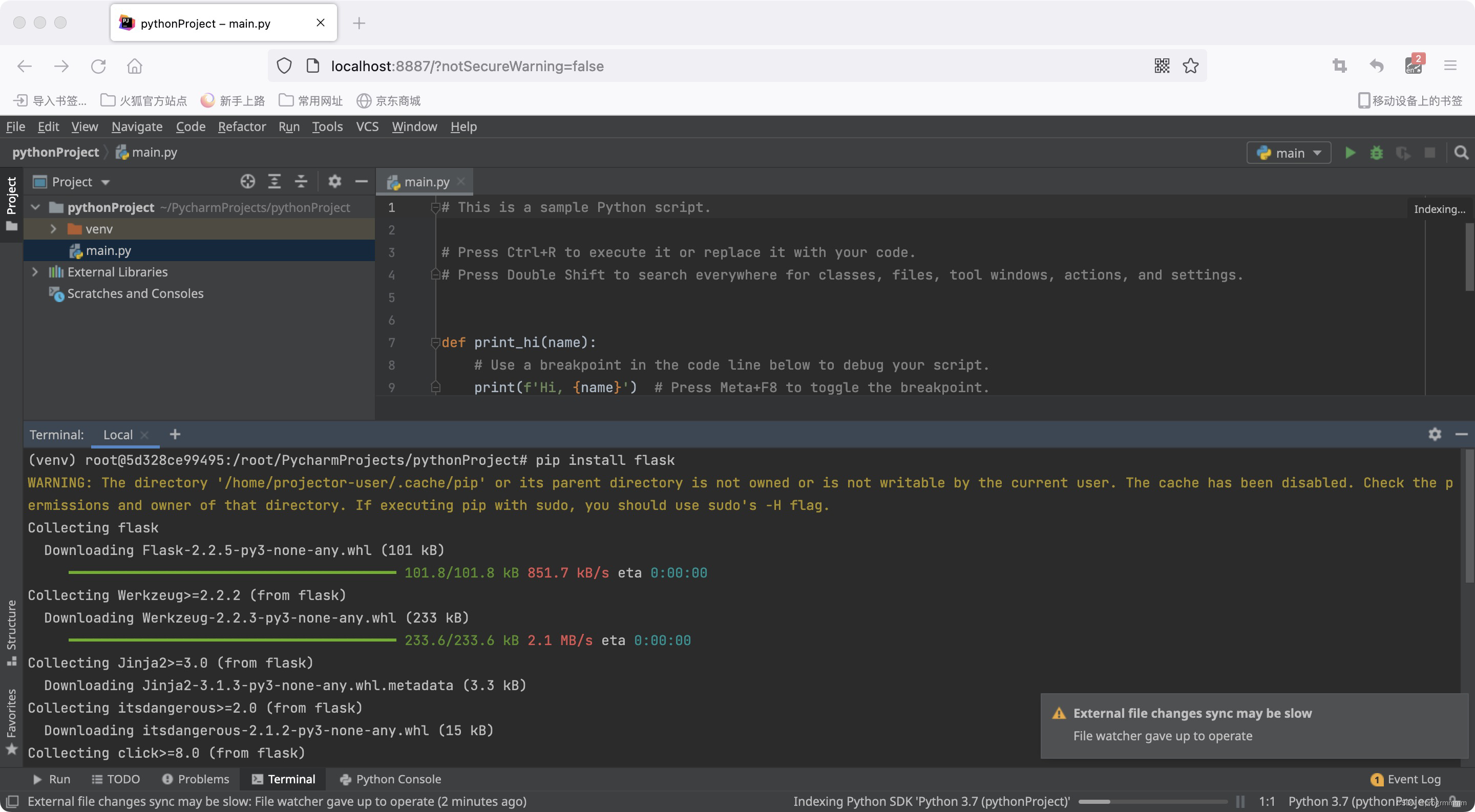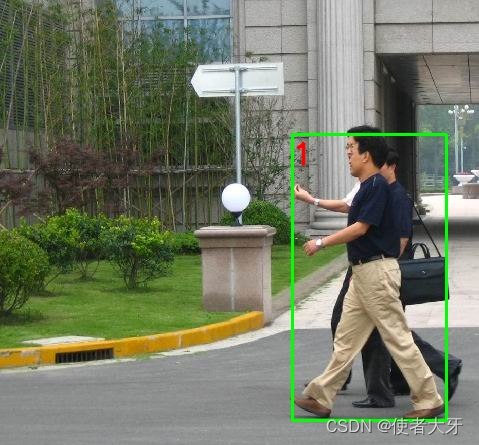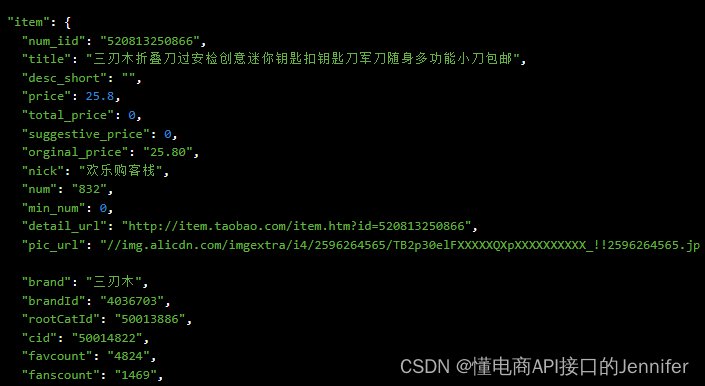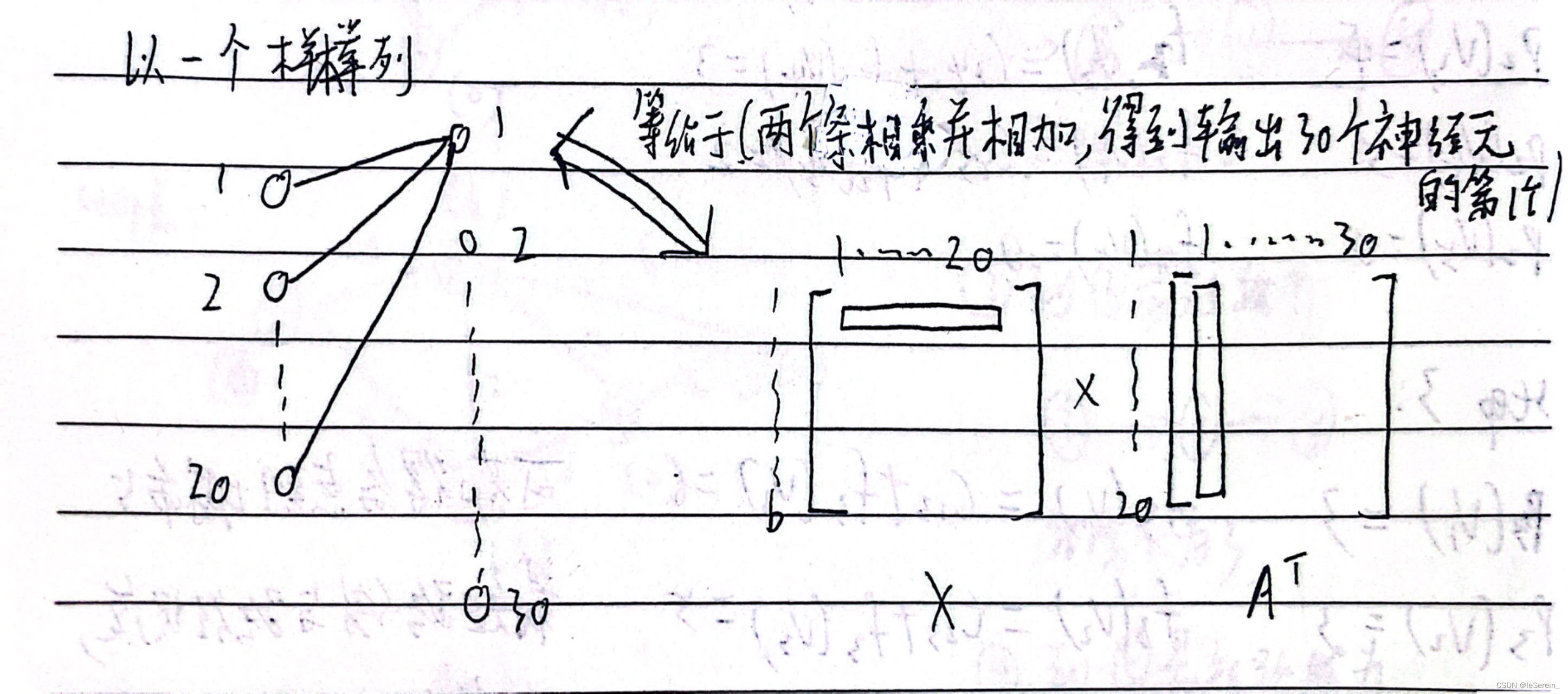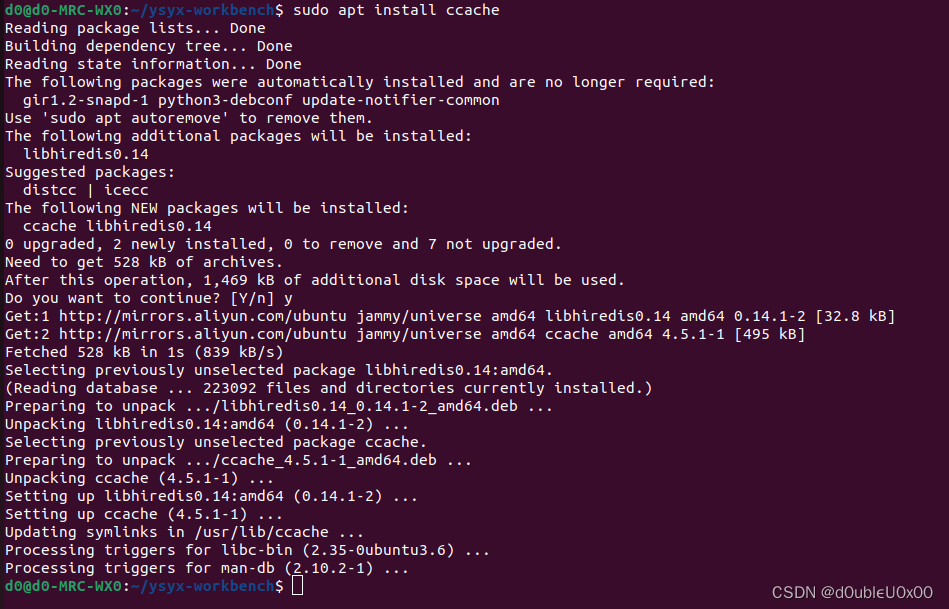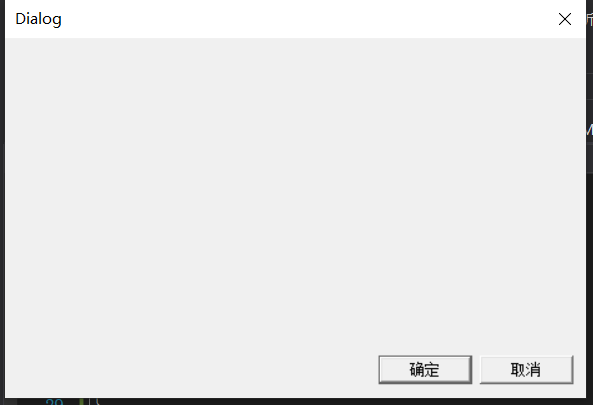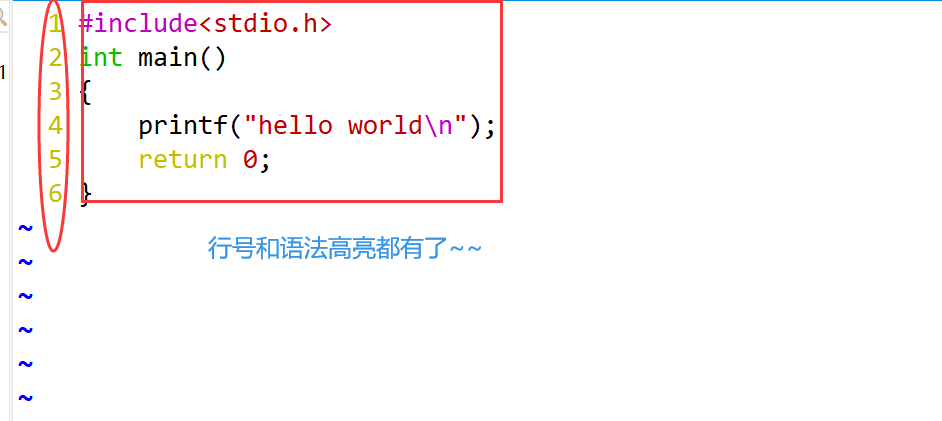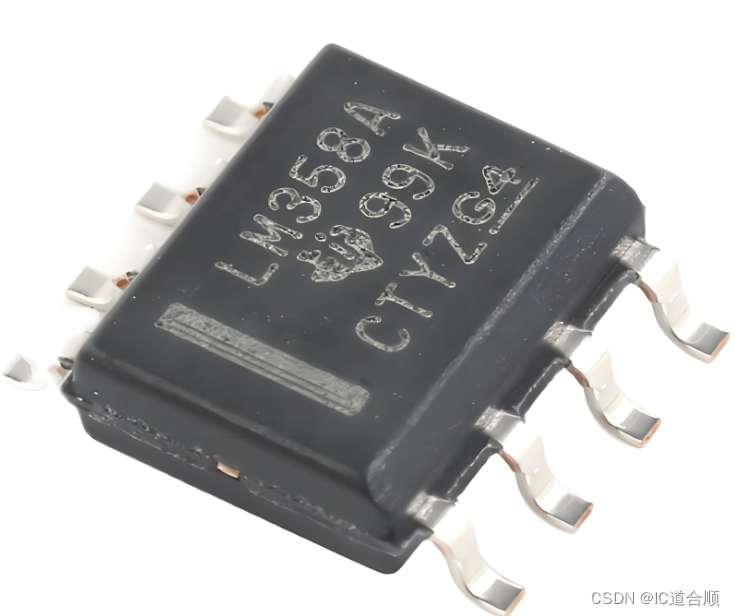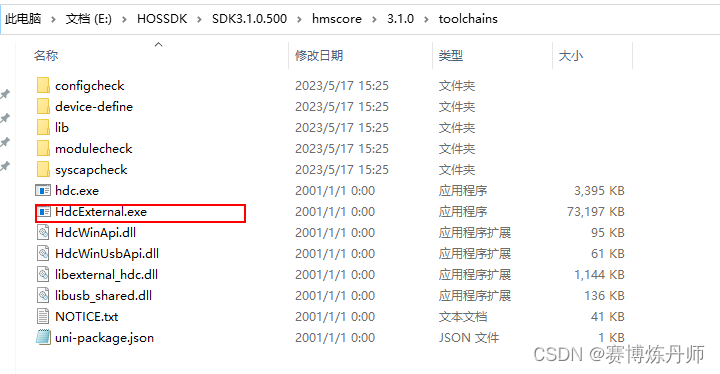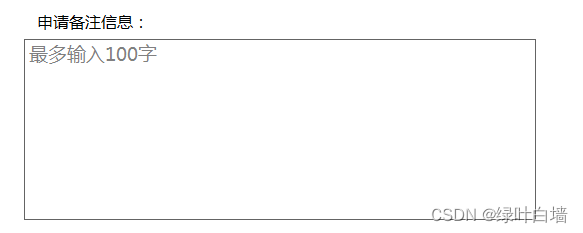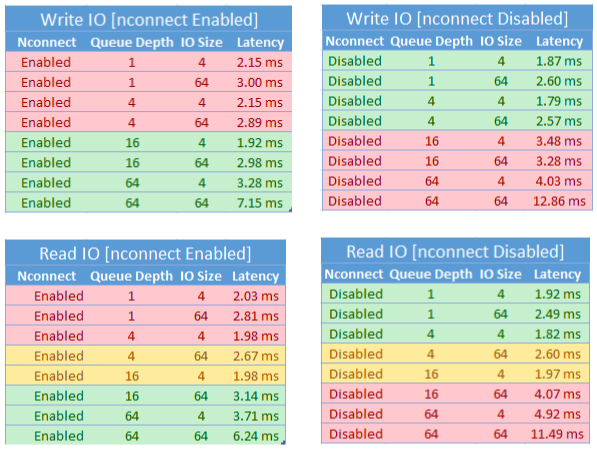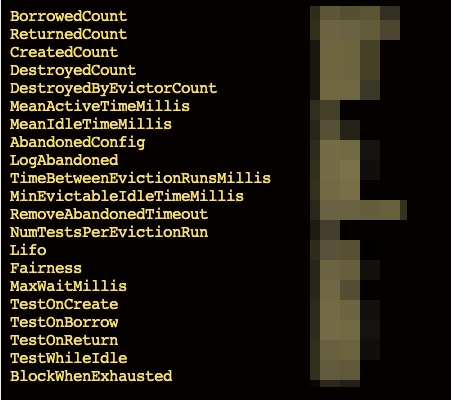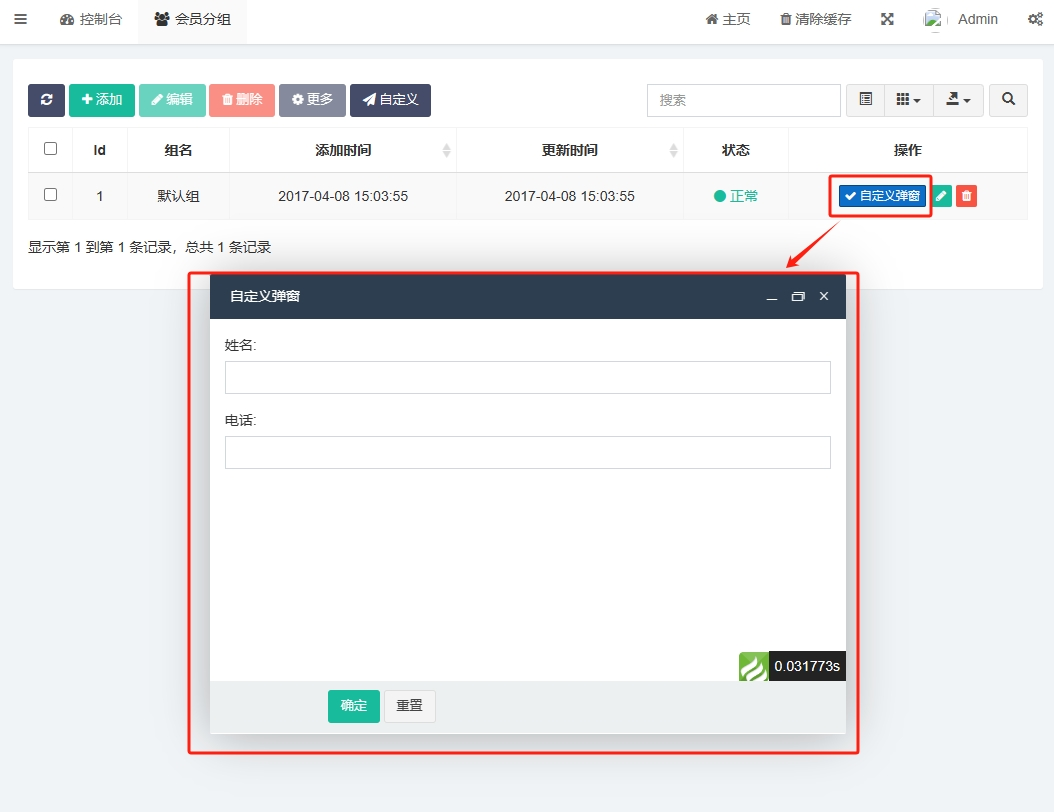驱动消息机制管理
使用场景
当用户态应用和内核态驱动需要交互时,可以使用HDF框架的消息机制来实现。
接口说明
消息机制的功能主要有以下两种:
-
用户态应用发送消息到驱动。
-
用户态应用接收驱动主动上报事件。
表1 消息机制接口
| 方法 | 描述 |
|---|---|
| struct HdfIoService *HdfIoServiceBind(const char *serviceName); | 用户态获取驱动的服务,获取该服务之后通过服务中的Dispatch方法向驱动发送消息。 |
| void HdfIoServiceRecycle(struct HdfIoService *service); | 释放驱动服务。 |
| int HdfDeviceRegisterEventListener(struct HdfIoService *target, struct HdfDevEventlistener *listener); | 用户态程序注册接收驱动上报事件的操作方法。 |
| int HdfDeviceSendEvent(struct HdfDeviceObject *deviceObject, uint32_t id, struct HdfSBuf *data); | 驱动主动上报事件接口。 |
开发步骤
1.将驱动配置信息中服务策略policy字段设置为2(SERVICE_POLICY_CAPACITY,参考policy定义)。
device_sample :: Device {
policy = 2;
...
}
2.配置驱动信息中的服务设备节点权限(permission字段)是框架给驱动创建设备节点的权限,默认是0666,驱动开发者根据驱动的实际使用场景配置驱动设备节点的权限。
3.在服务实现过程中,实现服务基类成员IDeviceIoService中的Dispatch方法。
// Dispatch是用来处理用户态发下来的消息
int32_t SampleDriverDispatch(struct HdfDeviceIoClient *device, int cmdCode, struct HdfSBuf *data, struct HdfSBuf *reply)
{
HDF_LOGI("sample driver lite A dispatch");
return HDF_SUCCESS;
}
int32_t SampleDriverBind(struct HdfDeviceObject *device)
{
HDF_LOGI("test for lite os sample driver A Open!");
if (device == NULL) {
HDF_LOGE("test for lite os sample driver A Open failed!");
return HDF_FAILURE;
}
static struct ISampleDriverService sampleDriverA = {
.ioService.Dispatch = SampleDriverDispatch,
.ServiceA = SampleDriverServiceA,
.ServiceB = SampleDriverServiceB,
};
device->service = (struct IDeviceIoService *)(&sampleDriverA);
return HDF_SUCCESS;
}
4.驱动定义消息处理函数中的cmd类型。
#define SAMPLE_WRITE_READ 1 // 读写操作码1
4.用户态获取服务接口并发送消息到驱动。
int SendMsg(const char *testMsg)
{
if (testMsg == NULL) {
HDF_LOGE("test msg is null");
return HDF_FAILURE;
}
struct HdfIoService *serv = HdfIoServiceBind("sample_driver");
if (serv == NULL) {
HDF_LOGE("fail to get service");
return HDF_FAILURE;
}
struct HdfSBuf *data = HdfSbufObtainDefaultSize();
if (data == NULL) {
HDF_LOGE("fail to obtain sbuf data");
return HDF_FAILURE;
}
struct HdfSBuf *reply = HdfSbufObtainDefaultSize();
if (reply == NULL) {
HDF_LOGE("fail to obtain sbuf reply");
ret = HDF_DEV_ERR_NO_MEMORY;
goto out;
}
if (!HdfSbufWriteString(data, testMsg)) {
HDF_LOGE("fail to write sbuf");
ret = HDF_FAILURE;
goto out;
}
int ret = serv->dispatcher->Dispatch(&serv->object, SAMPLE_WRITE_READ, data, reply);
if (ret != HDF_SUCCESS) {
HDF_LOGE("fail to send service call");
goto out;
}
out:
HdfSbufRecycle(data);
HdfSbbufRecycle(reply);
HdfIoServiceRecycle(serv);
return ret;
}
6.用户态接收该驱动上报的消息。
- 用户态编写驱动上报消息的处理函数。
static int OnDevEventReceived(void *priv, uint32_t id, struct HdfSBuf *data)
{
OsalTimespec time;
OsalGetTime(&time);
HDF_LOGI("%{public}s received event at %{public}llu.%{public}llu", (char *)priv, time.sec, time.usec);
const char *string = HdfSbufReadString(data);
if (string == NULL) {
HDF_LOGE("fail to read string in event data");
return HDF_FAILURE;
}
HDF_LOGI("%{public}s: dev event received: %{public}d %{public}s", (char *)priv, id, string);
return HDF_SUCCESS;
}
- 用户态注册接收驱动上报消息的操作方法。
int RegisterListen()
{
struct HdfIoService *serv = HdfIoServiceBind("sample_driver");
if (serv == NULL) {
HDF_LOGE("fail to get service");
return HDF_FAILURE;
}
static struct HdfDevEventlistener listener = {
.callBack = OnDevEventReceived,
.priv ="Service0"
};
if (HdfDeviceRegisterEventListener(serv, &listener) != 0) {
HDF_LOGE("fail to register event listener");
return HDF_FAILURE;
}
......
HdfDeviceUnregisterEventListener(serv, &listener);
HdfIoServiceRecycle(serv);
return HDF_SUCCESS;
}
- 驱动上报事件。
int32_t SampleDriverDispatch(HdfDeviceIoClient *client, int cmdCode, struct HdfSBuf *data, struct HdfSBuf *reply)
{
... // process api call here
return HdfDeviceSendEvent(client->device, cmdCode, data);
}
为了能让大家更好的学习鸿蒙 (OpenHarmony) 开发技术,这边特意整理了《鸿蒙 (OpenHarmony)开发学习手册》(共计890页),希望对大家有所帮助:https://qr21.cn/FV7h05
《鸿蒙 (OpenHarmony)开发学习手册》
入门必看:https://qr21.cn/FV7h05
- 应用开发导读(ArkTS)
- ……

HarmonyOS 概念:https://qr21.cn/FV7h05
- 系统定义
- 技术架构
- 技术特性
- 系统安全

如何快速入门?:https://qr21.cn/FV7h05
- 基本概念
- 构建第一个ArkTS应用
- 构建第一个JS应用
- ……

开发基础知识:https://qr21.cn/FV7h05
- 应用基础知识
- 配置文件
- 应用数据管理
- 应用安全管理
- 应用隐私保护
- 三方应用调用管控机制
- 资源分类与访问
- 学习ArkTS语言
- ……

基于ArkTS 开发:https://qr21.cn/FV7h05
1.Ability开发
2.UI开发
3.公共事件与通知
4.窗口管理
5.媒体
6.安全
7.网络与链接
8.电话服务
9.数据管理
10.后台任务(Background Task)管理
11.设备管理
12.设备使用信息统计
13.DFX
14.国际化开发
15.折叠屏系列
16.……

